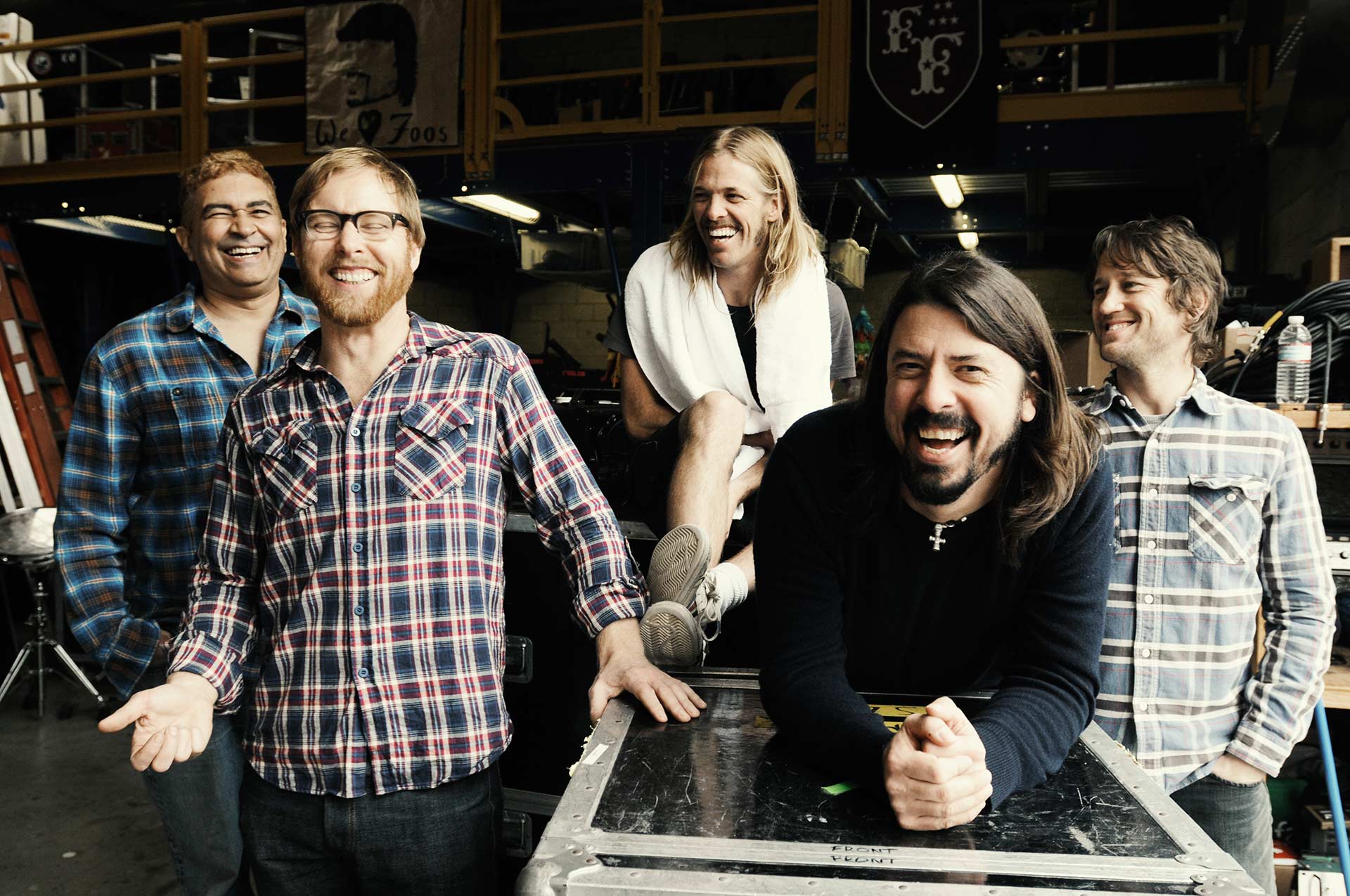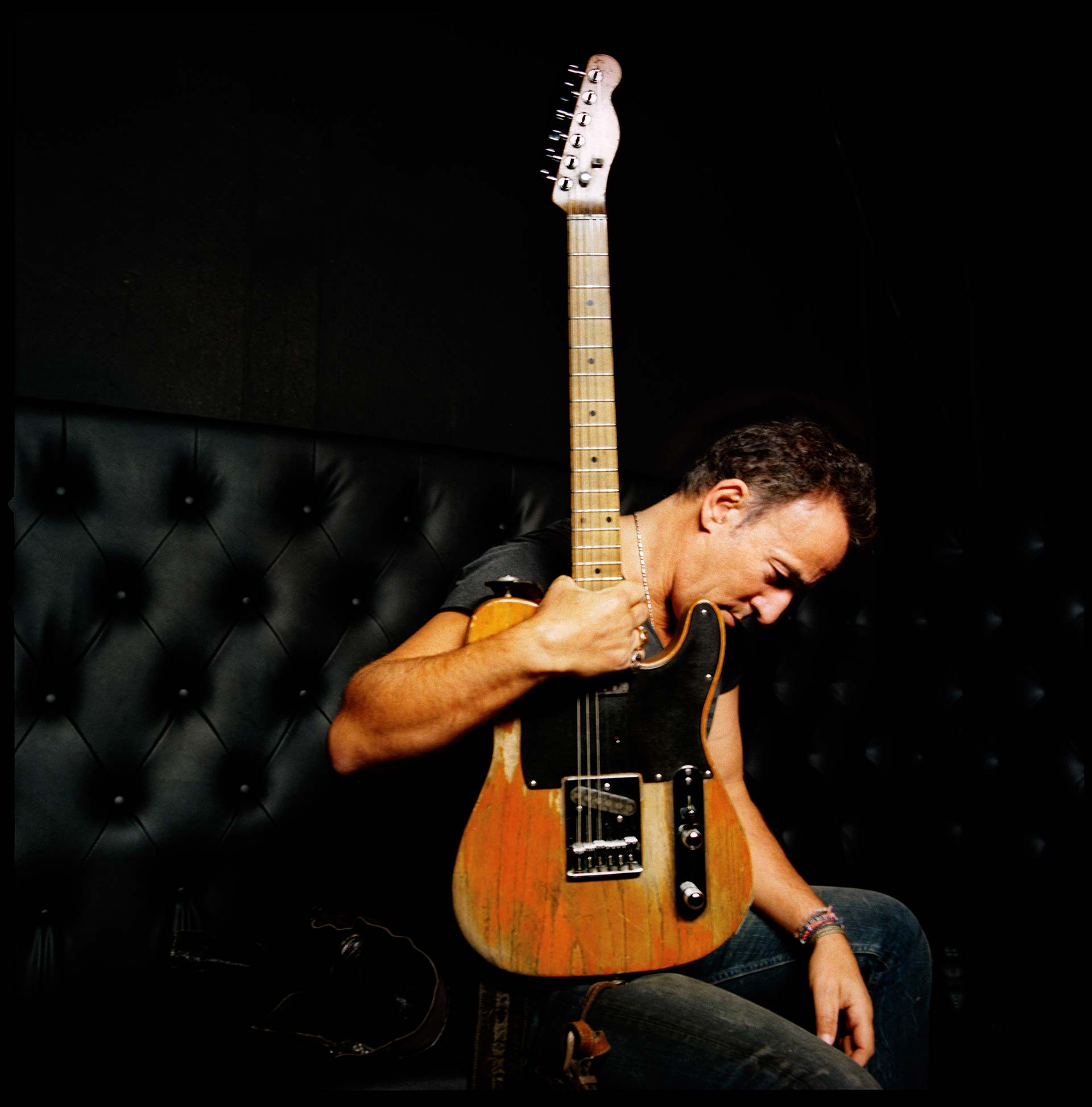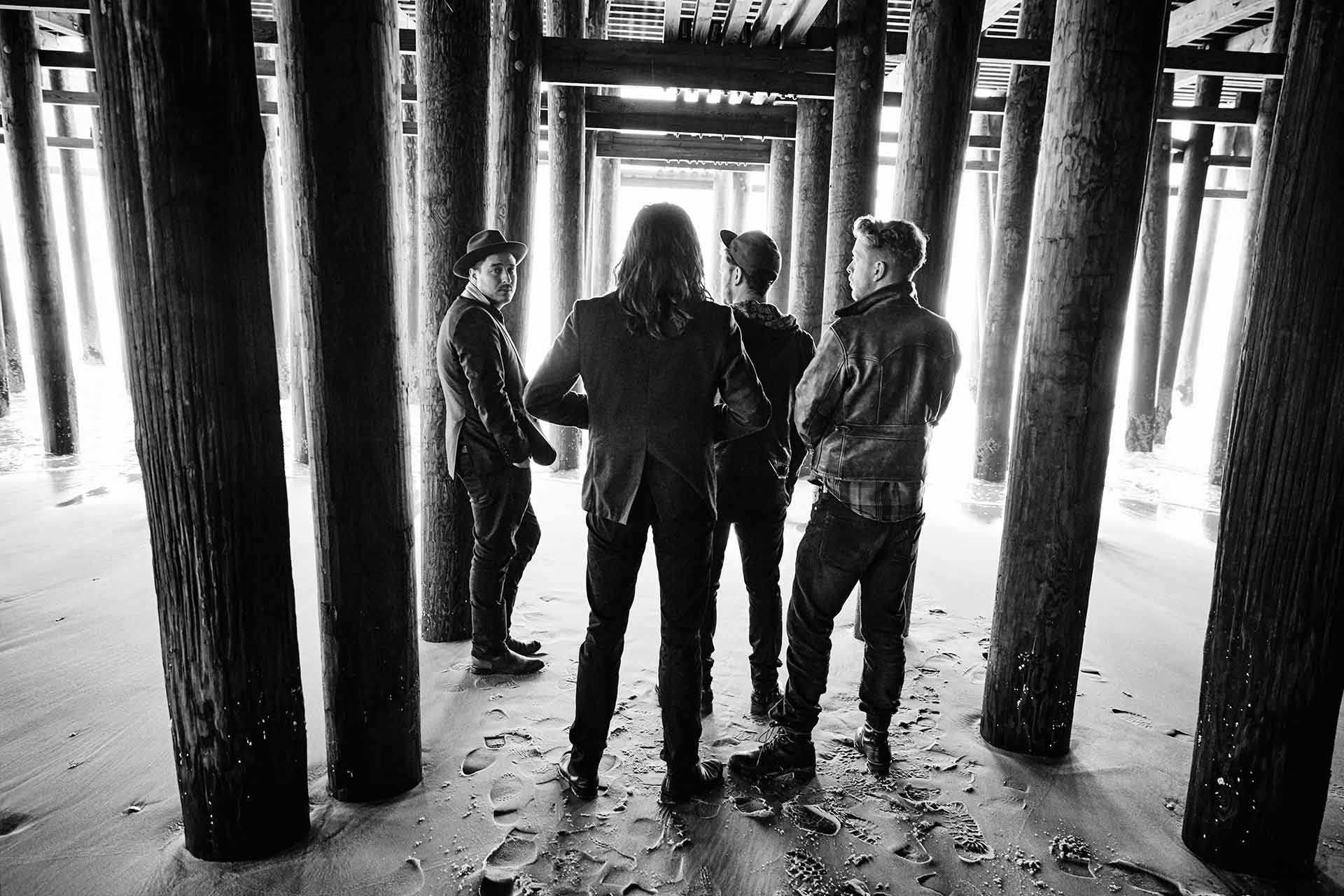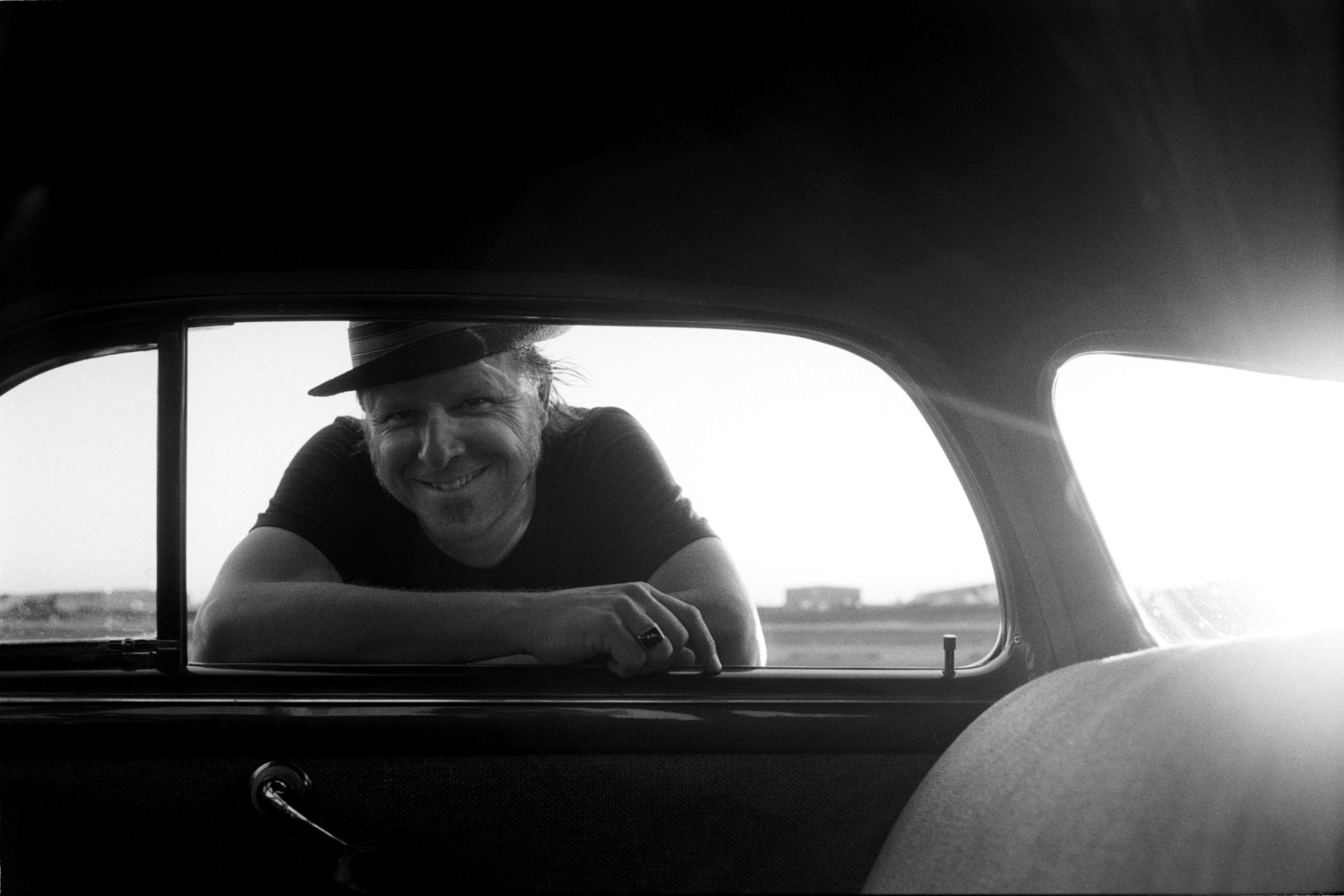Danny Clinch is a Grammy-nominated photographer, filmmaker, and musician. His photographs have appeared in hundreds of publications, including Rolling Stone, Vanity Fair, GQ, Esquire, and Spin. He’s directed music videos for Willie Nelson, Tom Waits, Pearl Jam, Foo Fighters, and Dave Matthews Band, among others. Lately, Danny has been working overtime as one of the curators behind Sea.Hear.Now, a unique new festival of music, surfing, and art. We caught up with Danny during one of the final days of preparation for Sea.Hear.Now, which hits Asbury Park, NJ on September 29th and 30th.
CONSCIOUS CONNECTION: I won’t ask how you got started, because I’m sure you’ve gotten that question a thousand times, but can you recall one artist or one photograph or one piece of music that inspired you and shaped your sensibilities?
DANNY CLINCH: My love of music and my love of photography, and what has become my love of the blues… I think of The Allman Brothers, and one photo of Greg and Duane Allman. And they’re in the back of a limousine or a station wagon full of gear, and they’re both half-sleeping, and it’s a photograph by Annie Leibovitz.
And there’s another photograph I’ve always loved, of Mick Jagger talking with Jimi Hendrix, I think it was taken by Eddie Kramer. And that photo, I was like, “What are they talking about!? I love Hendrix, I love the Stones, and this is history!”‘ You’re a journalist, in a way, documenting history. It’s not just about music; it’s about history of music. And those are things I got really jazzed about. How music means so much to people on several levels. It gets you through hard times; it helps you celebrate the good times. And to be able to document the people who are making that music… is kinda cool.

CC: I think a lot of young artists- whether it’s music or art or photography- you’re told over and over again, doing this thing that you love will be tough to make a living at. You’re told that it will be difficult to turn art into a livelihood. Did you ever feel overwhelmed by that?
DC: I did get some of that, but not from my immediate family. And I wasn’t really planning things out, I just knew that I wanted to photograph musicians. My dad never finished high school; he was a house painter, and he regretted not getting an education. And he always said to me, “Whatever it is you want to do, I’m going to support you on it. If you want to be a photographer, let me know where you want to go to school and we’ll make it happen.”
I was a little intimidated, to be honest, by (places like) School of Visual Arts in New York, and Brooks Institute and R.I.T… I went for two years to a community college here in New Jersey, Ocean County College. And (my family) wanted me to go for another four years after those two years, and that just wasn’t in my cards. So I just went for it, and my folks were behind me. As somebody said to me recently, “The harder I worked, the luckier I got.”
CC: So what’s your split on hard work versus luck? Is there a formula? How much of success is hard work and how much is right-place-at-the-right-time?
DC: Well, when people say, “Oh my gosh, you worked for Annie Leibovitz? You’re so lucky,” I say, listen, I wasn’t at home smoking weed and eating Cheetos when Annie Leibovitz called me up. I went to school, I decided to go to some photographic workshops, and I went to one knowing that Annie was going to be an instructor there, and I went knowing that I wanted to put myself in front of her. I knew that I wanted to be an assistant and find a mentor and work under other photographers. And at the time, she was looking for an intern. So I wouldn’t call that right-place-right-time or luck, I would say I put myself in the position for Annie to see how hard I work, and how passionate I am about photography.
CC: And even after you’ve reached this level of prominence, as your work and your art is known all over the world- I think it’s so cool that you brought your gallery and now this festival to Asbury Park.
DC: Asbury obviously has a strong musical history, even going back to the ’30s. There’s a strong jazz component. Springwood Avenue is legendary for jazz. Then, you get into the late ’60 and early ’70s; you have Springsteen and Southside Johnny, and certainly Bruce has helped to keep it on the map. But even when Bruce (temporarily) moved to California, we still had the Warped Tour and the Stone Pony…
When I got the opportunity to have this gallery in Asbury, I met a local musician named Rachel Ana Dobken, and she has a lot of great friends who are young musicians who were playing all around the area, and she was like, “I could bring them in and we could have these little jams on the weekends…” And she opened my eyes to so many great young bands, artists like Lowlight and Cranston Dean and The Mercury Brothers and Emily Grove… It’s a big sense of community, and it’s exciting for me and the gallery to feel like a bit of a community hub there.

CC: I hesitate to even say it, but Asbury right now is almost how I might imagine Seattle back in the early ’90s or Brooklyn in the early ’00s. You get the feeling that some of the artists playing in the Wonderbar or the Yacht Club or in your gallery could explode.
DC: Totally. One of the unique things that we’ve done with this festival is putting some local artists (on the bill) from Battery Electric, to Deal Casino, to Nicole Atkins coming back into town…
And one of the things about this festival that might align with your readers: We are giving back a lot to the community. We’re doing green initiatives. We’re doing yoga in the morning. We’re giving back to Surfrider Foundation, and to Operation Beachhead- an organization that helps veterans. And the art we sell in the gallery, 50 percent goes to Save Barnegat Bay. We participated in a beach cleanup on September 15th, and we’re gonna leave the beach the way we found it. We’re taking a page from Jack and Kim Johnson’s playbook…
We really feel like there’s a cultural shift across the Jersey Shore and across the country towards wellness. People are taking down tanning salons and turning them into yoga studios and Playa Bowls and things like that, and we’re trying to honor that path.
CC: I’m sure you’ve been to some of the big festivals that have gotten too corporate and overcrowded- to the point where they’re a shell of what they started as.
DC: A lot of the lineups at the huge festivals are similar. They have to have three or four huge headliners in order to sustain. We’re unique in that we’re going after a certain demographic. To have Incubus and Jack Johnson and Ben Harper and G. Love and Social Distortion, we’re obviously not going for the pop market, and we’re not going for just anybody that will bring in a dollar. It’s curated, in a good way, by the four of us- Tim Donnelly, HM Wollman, myself and Tim Sweetwood.
CC: And does that come down to relationships and favors, or are you just plucking bands that you always wanted to work with? Or is it both?
DC: It’s a little of both. We have (concert promoter) C3 behind us, so we’re not asking for bro deals. It’s bands that we love and we love for a reason. I was able to call Jack Johnson and say, “This is the festival that we’ve been talking about for the last couple of years, and we’d love your support, would you be able to do it?”
CC: It’s a great bill, and it’s also pretty ambitious for a first year festival.
DC: It is, but it also pretty manageable. It’s not gonna be madness, everybody shoulder to shoulder. It’s going to be relaxed, people enjoying themselves on the beach with a craft beer in their hand.
CC: You’re at this level now where you’re jumping on stage and playing harmonica and jamming with Bruce and with Pearl Jam. But as you become more prolific, do you ever feel like it’s getting tricky to make yourself invisible? Is it ever tricky to steal that one perfect shot when you’re so recognizable?
DC: I would say (status) is more positive than negative. Because of my reputation, I’ve been let into situations that other people would not be let into. I’m always very careful not to just walk up and dominate the conversation, that’s just not my personality. I’m more like, don’t say anything, just kinda melt into the background and start snapping a couple of pictures and see how it goes.

CC: But is there a flipside, where there’s been one great moment, and because you’re Danny Clinch, somebody says: “No, put the camera away, before we do ‘blank?'”
DC: There are inklings of that, but no, not really. Usually people say, “Oh it’s Danny, it’s OK.” Or people will say to me, “You can shoot some photos, but I’d really like to see them before they go anywhere.” And I always honor that.
CC: If you had to choose, is there a life where you retire from photography and just play music?
DC: Nah, I couldn’t retire from photography. But I do think more and more about being a better harmonica player. Like anything, you want to be better. So I try to make time to become a better player.
CC: I think a lot of artists- even really successful artists, whether they’re an actor or a writer or an architect, whatever the medium is- even as they get more successful, they still dream of just being in a rock band.
DC: Yeah, well, sure. That’s why Pearl Jam and Springsteen and Bob Dylan are still out on the road playing music. People say, “Why is Bob Dylan out on the road? He’s made so much money, he’s a genius, he could be sitting at home or on the beach…” But no, the guy’s on the road because that’s the rush, man!
CC: As a guy who has always been behind the lens, do you ever get intimated? Do you step on stage with Bruce or Eddie and just black out? Or is it pure adrenaline?
DC: You know, the first couple of times, I was nervous, but I always felt like it was sink or swim. You’re either gonna piss your pants or you’re gonna jam and have a good time. And it’s gotten to the point, if you were to ask (Pearl Jam’s) Stone or Matt or McCready- I turn around and I look at those guys like, fuckin A, man, this is awesome! And after having done it so long, I know where I don’t need to play. I wait for the nod. So when I’m not playing, I’m just soaking it up!
CC: It seems like you have the best role. You have all the access, but you don’t have to lug gear and you don’t have to ride the tour bus.
DC: Sure, I get the best of both worlds. And it’s always so exciting, because I’m not doing it every day. It’s beyond exciting. And to be documenting and capturing the history as it unfolds in front of me is super cool.
CC: In 2018, everybody has a camera on their phone, but photography is so proliferated that most kids wouldn’t know how to compete or get a foot in the door. So to a kid who dreams about turning photography into a living- what do you say?
DC: It’s about talent, for sure. And it’s about relationships- getting yourself out there to meet people. Showing people that you’re going to work harder than everybody else. And when you get an opportunity, you have to show up for it. It’s not coming for you. You have to go get it.



